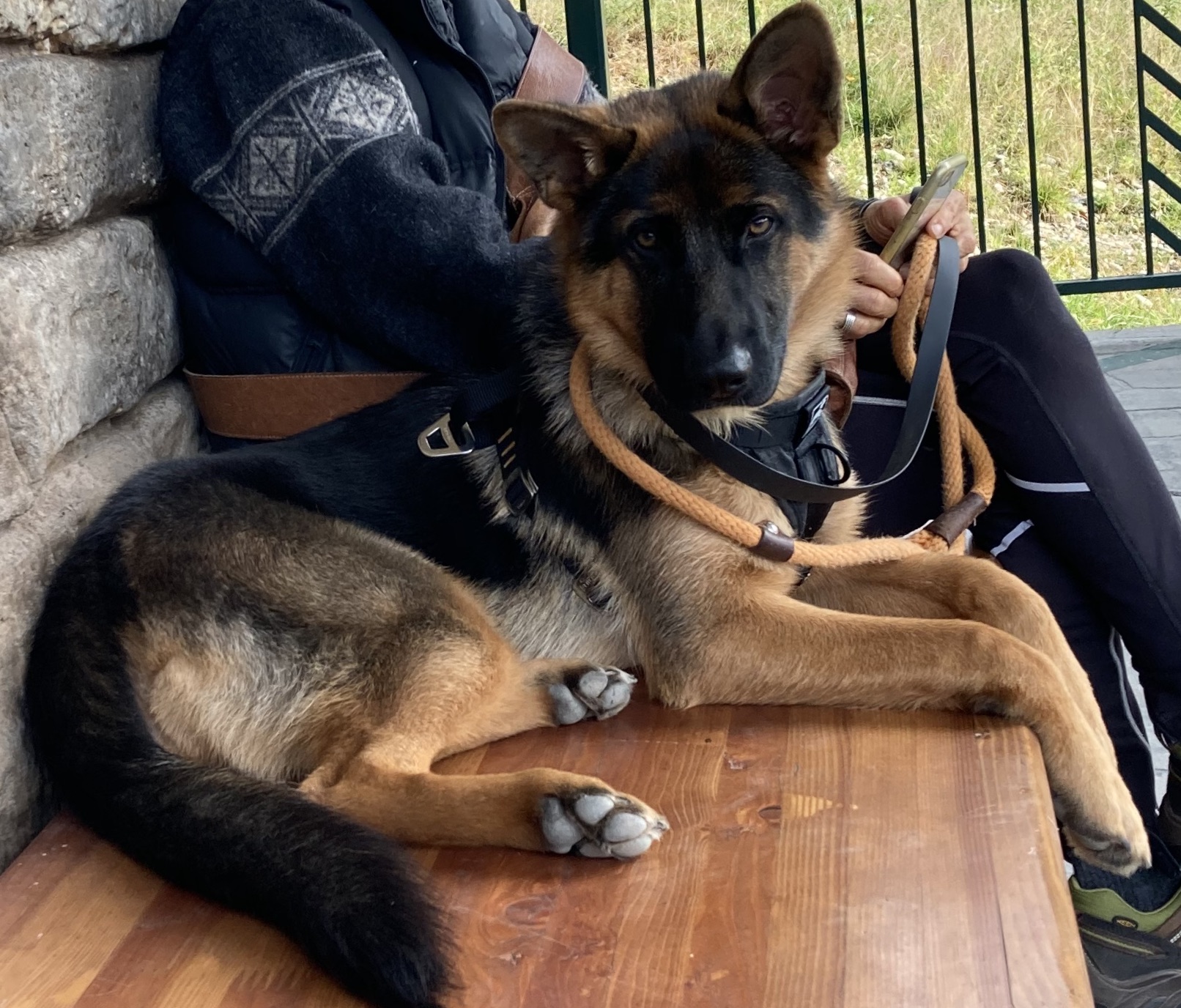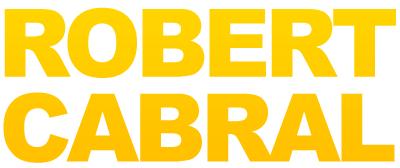
Cara
MemberForum Replies Created
-
Saul:
This sounds familiar. From day one (i.e., 8 weeks), my pup would sit herself down when I started out on a short walk. It was cutely defiant but it quickly became an issue: a little bit of leash pressure – a puppy pop – would launch her at a run and she’d sink her teeth into my leg. No fun.
I cured this by using the walk to pay out her kibble. It was somewhere between a bribe and a game of “find,” with some coming right from my hand, but it got us over the hump and she started associating walking with something yummy. A few weeks in, some other issues developed that took a while to address and I phased the food out from the walks.
She’s a year old now. We’ve come a long way since then. Lots of things I’ve had to learn along then way. In my case, my dog’s habit of sitting when I was moving ended up foreshadowing a disconcerting indifference to leash pressure. A prong helped with that, and I have recently started over with some of Robert’s early leash pressure videos. Now that we’re over some odd humps, those lessons have proven meaningful and helpful.
Good luck.
Cara
-
Saul:
Not sure if the following is exactly what you’re asking/trying to figure out, but here’s my path/recent epiphany:
Early on I adopted, “Yes” for “you’ve done what I asked you to do.” “Good” for “keep doing what I asked you to do.” And “okay” for “you can stop what I asked you to do.”
Recently, I wondered if I’d made it more complicated than necessary but couldn’t figure out what it would look like to pivot to two words, and then I was watching one of the e-collar videos and I learned something from watching what Robert was doing, not necessarily what he was trying to teach. Learning by osmosis, I call it.
I realized that “Good” is a all I need at the start of a behavior and by repeating it, there you go, you’ve got your bridge. “Yes” (or “okay” or whatever you want to use) is then the release/reward word.
My dog really got the new routine fast – in fact it seemed like it made more sense to her and thus she’s taken to it even as I’m still getting proficient at it.
Again, not sure this directly answers your question but hope it’s helpful.
Tx,
Cara
-
Ray:
I’m writing because your post reminded me of where I was at last summer and I actually have a very different response and experience to share. And a little bit of context: I binged on Robert’s videos, joined the site and submitted questions starting from right before I brought my GSD home at 8 weeks until she was about 4 months old. I got so much out of it all but I cancelled my membership and stopped following Robert because I didn’t find his advice about this particular issue to be helpful and, indeed, it sometimes felt judgmental and unhelpful. It feels odd to write that but it’s true. I’m obviously back now. Mona and I have come a long way since last summer and we are now ready to move forward to take advantage of the lessons and advice on Robert’s much improved site.
So for what it’s worth, my $0.02. Mona was a fabulous puppy. Very engaged. Very serious about “working.” Very smart. Very playful and goofy. Very thoughtful. Very affectionate. But there were days I thought to myself, I knew raising a GSD was going to be a lot of work. I didn’t know it wasn’t going to be any fun.
Almost every day, she’d lunge and dig her teeth into me. My arms were scabbed and scarred; I have a couple of permanent scars on my legs. This was not puppy nipping. It was awful, scary, difficult to predict and painful. It was worst on our walks. I was using a long line and sometimes it was fabulous, and then, suddenly, she’d either run toward me and lunge at my legs or lunge at my arms by my side. Saying “knock it off,” redirecting her did nothing. Feeding her my hand (something Robert suggests works for some pups) caused a counter-offensive. She left a mouth print on my thigh. I tried restraining her in my arms til she softened, which sometimes meant carrying her a bit. I tried crating her or other types of time outs. I tried ignoring her … nothing made a difference.
The last time it happened was on August 19 when she was five months old. That day, I used what another trainer refers to as a “bonker.” It’s a rolled up cotton towel held together with two elastic bands. It’s really weird to throw something at your dog, but the towel doesn’t hurt the dog – it just surprises them – it interrupts the unwanted behavior. I missed at first (evidence of my ambivalence) so I threw it a second time and connected. It took us both by surprise. We walked back to the house and she marched directly into her crate to think it over. And that was that. The next week, I started her on a prong collar – a little earlier than Robert recommends that but proved to be a critically important step, as well.
The bottom line: not every method works for every dog and owner pair. Try everything til you find what works. Something *will* work and boy it’s so important. Resolving the biting and lunging issue resulted in seismic shift that has made all other training and bonding possible. She’s still a challenge and there’s so much for me to learn yet, but we could only move forward by getting past that pretty awful chapter.
One other point: Mona also tends to get overstimulated like your pup. I found that high value treats were too much for her as was super enthusiastic praise. I often try to model myself on the farmer in “Babe.” “That’ll do, pig,” can be high praise, indeed.
Good luck,
Cara
-
Thanks, Bill — I just did a wider search and indeed found links for longer contacts. It’s really odd that as far as the company itself is concerned, it’s washers or bust.
Be well, and see you round the site.
Cara
P.S. I just had a <doh!> moment — don’t know why I’ve been seeing an “s” in the word Dogtra. And re the coding language: I composed right here in the window so it’s not just a cut and paste issue.

